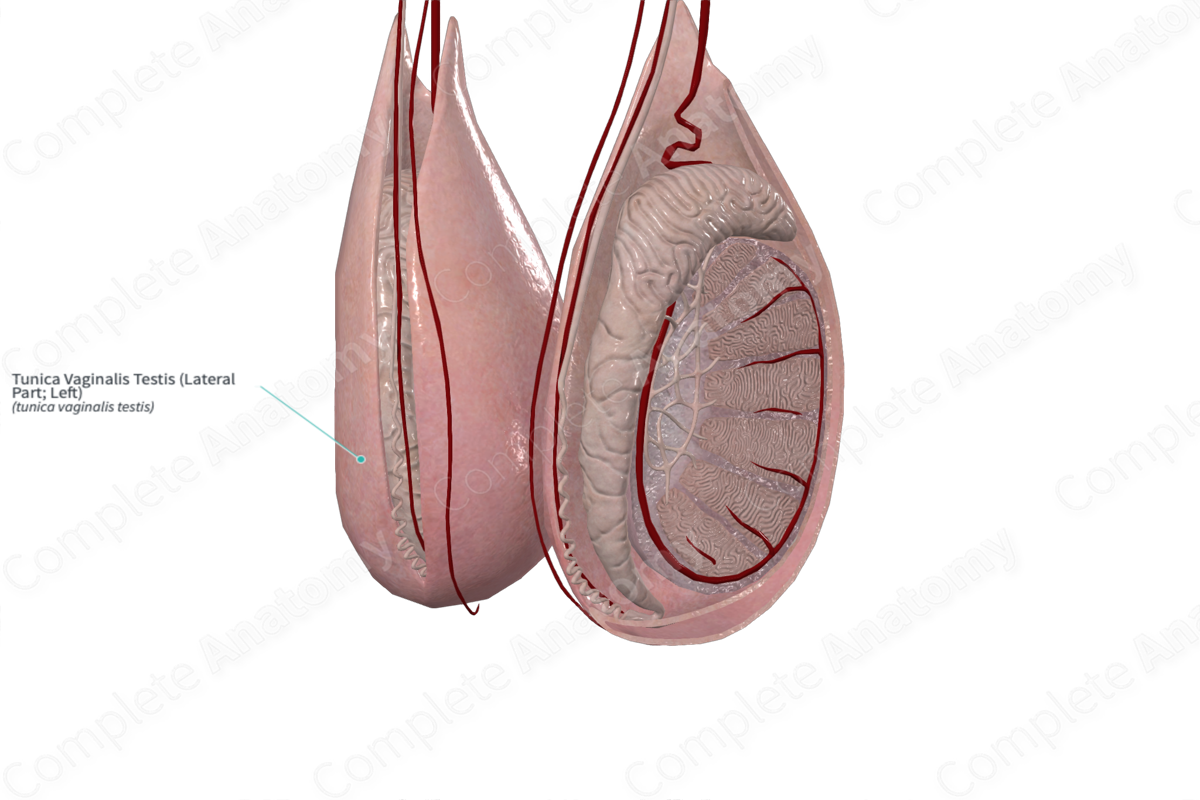
Structure/Morphology
The tunica vaginalis is the outermost of three layers that surround the testis. It is a continuation of the processus vaginalis, which is formed prior to the descent of the fetal testes. When the testes descend from the abdomen to the pelvis, the tunica vaginalis forms two layers:
—the visceral layer that surrounds the tunica albuginea (except for the posterior portion of the testis);
—the parietal layer that surrounds and extends proximally over a portion of the spermatic cord.
Key Features/ Anatomical Relations
The tunica vaginalis testis is superficial to the tunica albuginea. There is a cavity containing a small volume of fluid between the visceral and parietal layers of the tunica vaginalis testis.
Function
The tunica vaginalis testis produces a small volume of fluid to provide lubrication to reduce friction of testes within the scrotum.
List of Clinical Correlates
— Hydrocele
—Indirect hernia
Learn more about this topic from other Elsevier products




